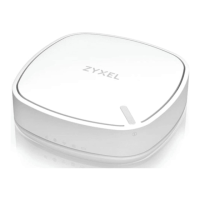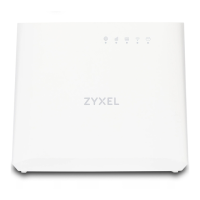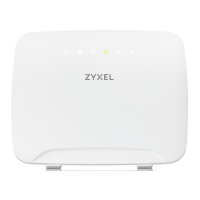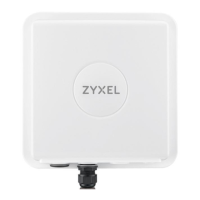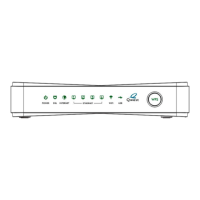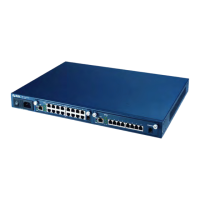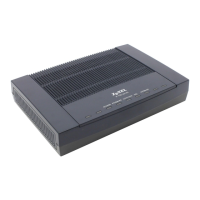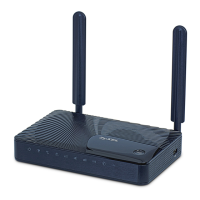Chapter 13 Spanning Tree Protocol
MES3500 Series User’s Guide
132
13.9 Multiple Spanning Tree Protocol Status
Click Advanced Application > Spanning Tree Protocol in the navigation panel to display the
status screen as shown next. See Section 13.1.5 on page 117 for more information on MSTP.
Note: This screen is only available after you activate MSTP on the Switch.
Figure 69 Advanced Application > Spanning Tree Protocol > Status: MSTP
The following table describes the labels in this screen.
Table 38 Advanced Application > Spanning Tree Protocol > Status: MSTP
LABEL DESCRIPTION
Configuration Click Configuration to specify which STP mode you want to activate. Click MSTP to edit
MSTP settings on the Switch.
CST This section describes the Common Spanning Tree settings.
Bridge Root refers to the base of the spanning tree (the root bridge). Our Bridge is this Switch.
This Switch may also be the root bridge.
Bridge ID This is the unique identifier for this bridge, consisting of bridge priority plus MAC address.
This ID is the same for Root and Our Bridge if the Switch is the root switch.
Hello Time
(second)
This is the time interval (in seconds) at which the root switch transmits a configuration
message.
Max Age (second) This is the maximum time (in seconds) a switch can wait without receiving a
configuration message before attempting to reconfigure.
Forwarding Delay
(second)
This is the time (in seconds) the root switch will wait before changing states (that is,
listening to learning to forwarding).
Cost to Bridge This is the path cost from the root port on this Switch to the root switch.
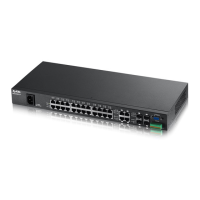
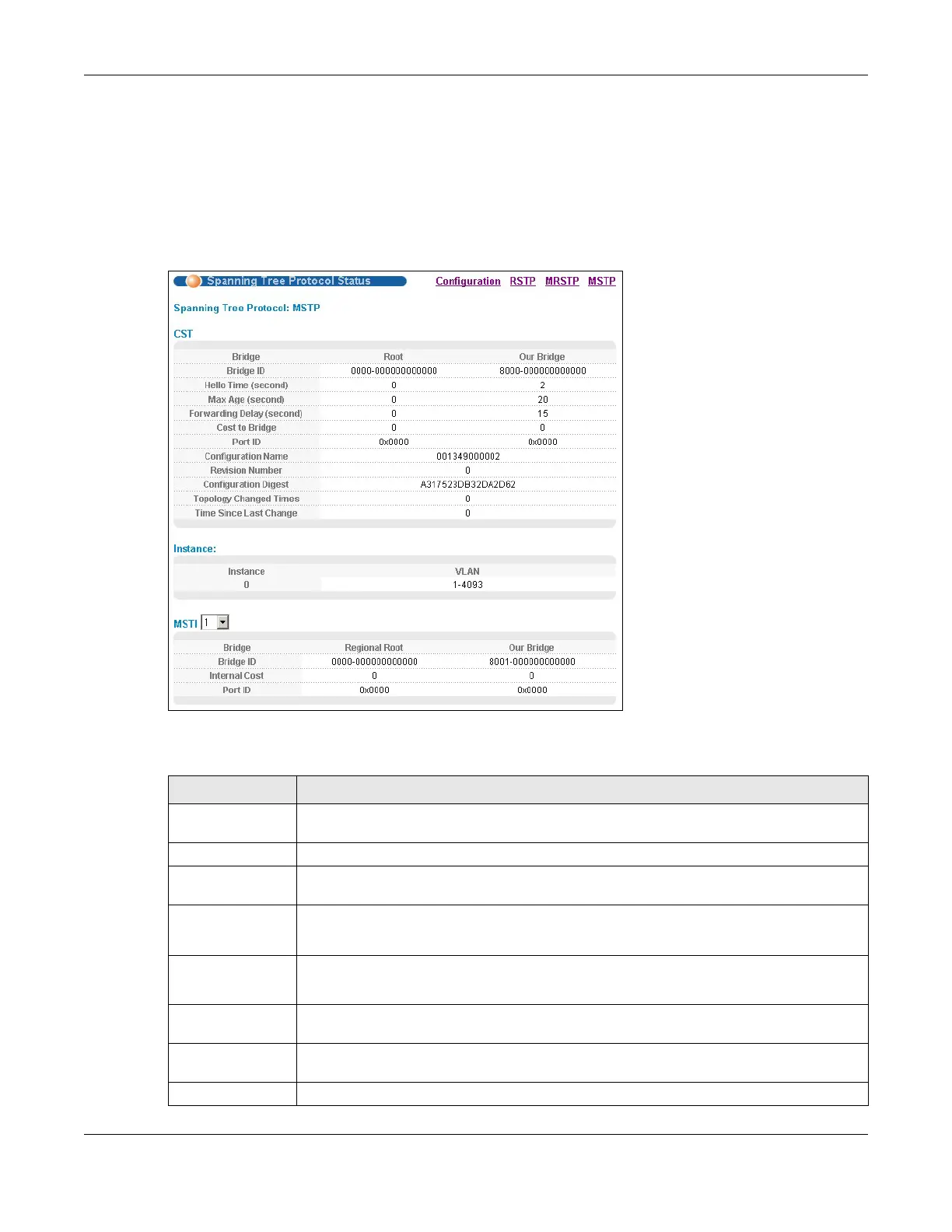